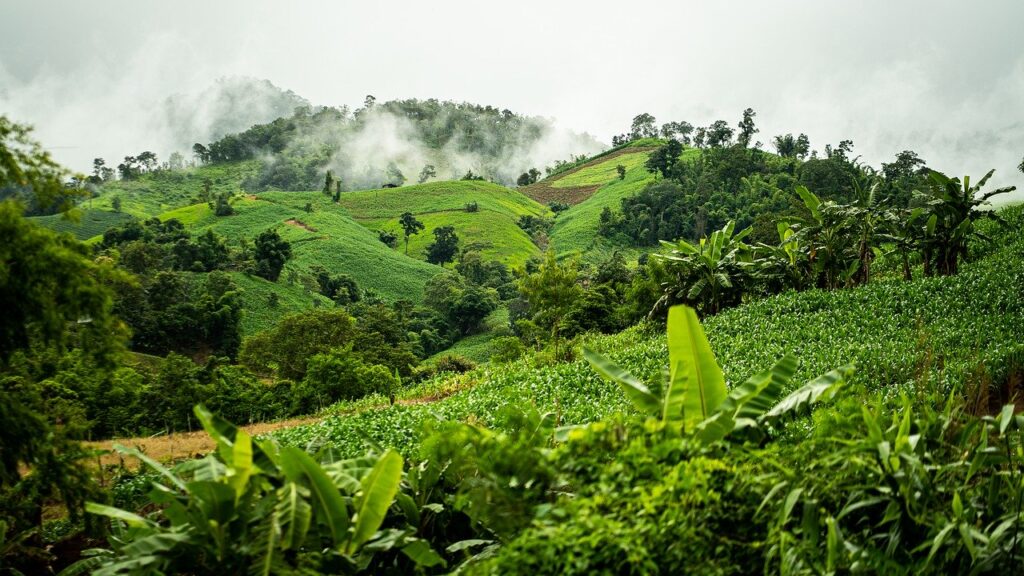
With the right knowledge and experience at their disposal, investing in land can be highly lucrative for real estate investors. At the very least, those interested in buying land are only limited by their imagination and zoning regulations. The key to successful raw land investing is a unique combination of due diligence, hard work and attractive profit margins. Continue reading if in investing in land with more confidence interests you.
What Is Raw Land?
Raw land is a plot of land that has not been developed or prepared for construction; it’s completely untouched terrain. Despite an inherent lack of grading and subdividing for construction, however, raw land investing is becoming increasingly popular among real estate investors. This begs the question: Is buying land a good investment for everyone? Not surprisingly, the answer is completely dependent on what an investor may want out of a respective deal.
For some, raw land investing may sound counter-intuitive. Likewise, investing in land requires more patience and a penchant for long-term strategies. Consequently, there are also several reasons someone may want to buy raw land. Specifically, investing in land represents a blank canvas for those with the foresight to do so properly—raw land may be developed into whatever the investor sees fit. Perhaps even more importantly, investing in raw land has become synonymous with persistent cash flow and appreciation.
Does Land Appreciate?
Raw land is categorically and objectively an appreciating asset for two simple reasons: limited supply and increasing demand. There is a finite amount of available land that hasn’t been built upon, making it a very attractive commodity in a world where the population is increasing exponentially. Therefore, in accordance with the most basic economic principle (supply and demand), raw land will inherently increase in value as demand grows for the limited asset. It is no longer a question of whether or not land appreciates, but rather how much it will appreciate.
How Many Years Can You Finance Land?
The amount of time a traditional lender will allow borrowers to finance a land investment will vary. There are several factors that will determine the loan duration one may expect to receive for raw land, not the least of which includes the plot’s location and its use. For example, lenders are more willing to extend their loan durations for plots of land that exhibit a degree of intrinsic value. If for nothing else, a promising plot of land represents a less-risky investment on the bank’s behalf. That said, those investing in land shouldn’t expect considerably long loan terms. Buying raw land typically coincides with short, restrictive payment terms. While some raw land investors can increase the length of their loan, most terms have a limit of about 10 years or less.
What State Has the Cheapest Land Per Acre?
Not unlike every real estate exit strategy know to today’s investors, investing in land coincides with an inherent degree of risk. Raw land investing for future gains is far from a guarantee, but that doesn’t mean it’s impossible. The trick is to find relatively inexpensive plots of land with plenty of potential for future prospects. For those of you thinking about buying raw land with the intentions of making a profit in the future, here’s a list of five states where raw land prices remain affordable compared to their future potential:
- Tennessee
- Arkansas
- West Virginia
- New Mexico
- Arizona
